1. Ogle County, Illinois
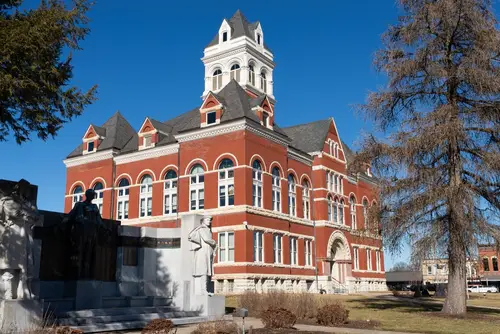
Ogle County is dotted with stately old farmhouses and brick main streets straight out of the 1800s. You can visit towns like Oregon, where historic buildings stand largely untouched. The countryside is patchworked with cornfields and classic silos, offering a view of rural life unchanged for generations. It’s easy to forget you’re just a short drive from Chicago.
Local festivals celebrate heritage and traditional crafts, further enhancing the time-warped feeling. There’s a noticeable pride in preserving the county’s architectural and agricultural history. Even the old railroad depots and grain elevators hint at a bygone era. It’s as if Ogle County quietly refuses to rush into modernity.
2. Avery County, North Carolina
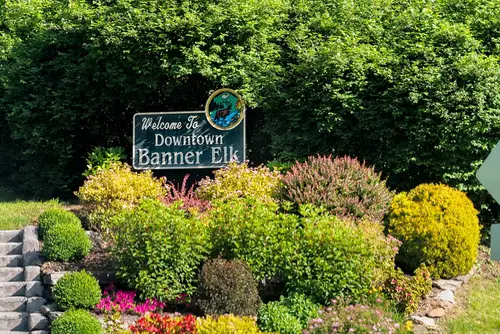
Nestled in the Blue Ridge Mountains, Avery County feels like a throwback to simpler mountain life. Quaint farmhouses, wooden barns, and winding backroads dominate the scenery. The area is famous for its apple orchards and old-style craft fairs, which haven’t changed much over decades. Driving through, you half expect horse-drawn wagons to appear around the next bend.
The towns themselves keep a cozy, small-town charm alive. Community events center around seasonal harvests and local markets, reminiscent of early 20th-century rural life. It’s the kind of place where neighbors still know each other by name. Nature here seems to resist modernization, reinforcing the sense of stepping back in time.
3. McDowell County, West Virginia
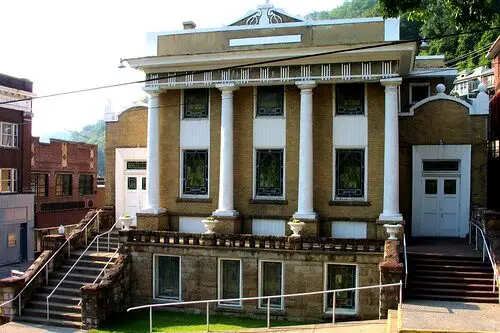
Step into McDowell County, and it’s like someone hit pause on modern life. The remnants of its coal mining heyday from the early 1900s are everywhere, from abandoned rail lines to old company towns. Rusting machinery and shuttered storefronts tell stories of a once-thriving community. Walking through it feels more like history than the present.
Despite the decline in industry, the county has a strong sense of identity. Local traditions and community gatherings remain rooted in generations-old practices. The landscape, dotted with Appalachian hills and misty valleys, adds to its time-travel vibe. You can’t help but feel you’ve stepped into a living museum.
4. Lunenburg County, Virginia
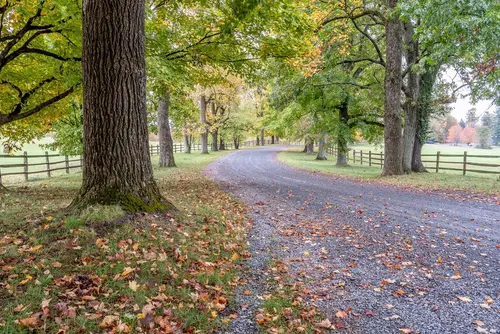
Lunenburg County is steeped in colonial and Civil War history, and it shows. Horse farms, historic courthouses, and family homesteads that have stood for centuries dominate the landscape. The slow pace of life makes you feel like the 1800s are still in session. Main Street in towns like Victoria seems unchanged since horse-drawn carriages were common.
The rural roads and rolling farmland add to the timeless atmosphere. Local diners and general stores maintain old-school charm, offering recipes and goods passed down through generations. Annual historical reenactments feel deeply authentic. Visiting here is a lesson in how history can linger gracefully.
5. Harlan County, Kentucky
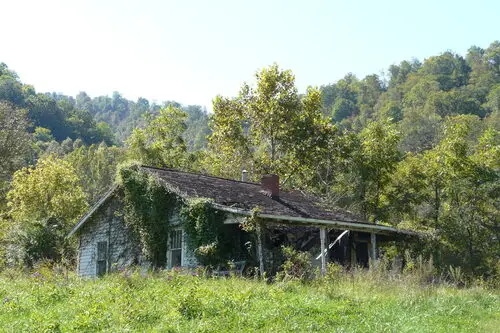
Harlan County is practically synonymous with coal mining history. The mountain valleys are lined with old mining towns that look like they’ve been frozen in time. Rusting tipples and abandoned rail lines are reminders of a hard-lived past. It’s cinematic in its rawness, capturing a century-old industrial story.
Even today, the community retains tight-knit mountain traditions. The culture, music, and local cuisine all carry echoes of past generations. Folk tales and stories of coal miners still thrive in conversation. Harlan County is a place where the 20th century feels very close, yet comfortably distant.
6. Brown County, Indiana
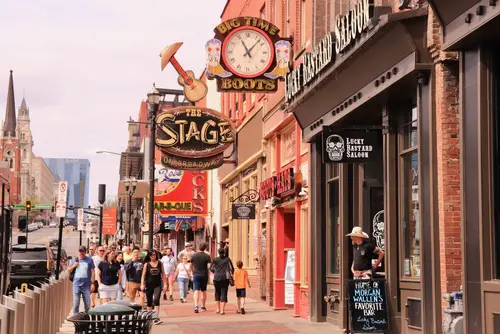
Brown County feels like an artist’s retreat from another era. Its forested hills and rustic cabins have been drawing painters and craftsmen since the early 1900s. The small towns, like Nashville, retain old-timey charm with boutique shops and historic inns. Visitors often remark that stepping into Brown County is like entering a different century entirely.
Autumn amplifies the effect, with changing leaves over untouched landscapes. Local festivals celebrate art and nature in ways that feel traditional and authentic. Life moves at a deliberate pace, far from the rush of nearby cities. Even the inns and eateries embrace vintage charm rather than modern trends.
7. Barbour County, Alabama
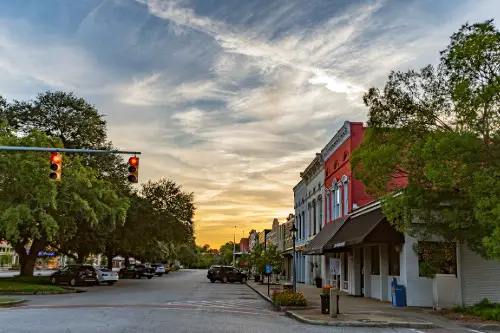
Barbour County is best known for its antebellum architecture and historic towns like Eufaula. Old plantation homes and brick-lined streets dominate the visual landscape. Walking downtown feels like wandering through a history book. Time here seems measured by shutters opening and closing rather than digital clocks.
The county celebrates its past with preservation efforts and traditional Southern events. Community gatherings often revolve around storytelling, music, and local crafts. The riverfront areas maintain old docks and warehouses that hint at a slower pace of commerce. Life in Barbour County moves in a deliberately old-fashioned rhythm.
8. Jefferson County, Texas
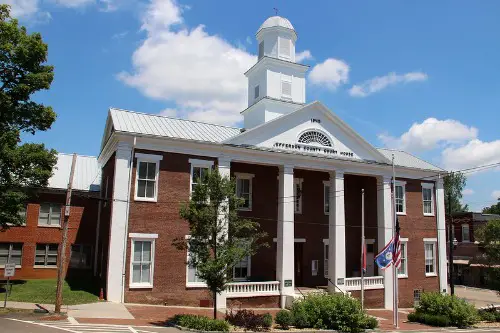
Jefferson County, particularly the older parts of Beaumont, evokes a late-19th-century boomtown vibe. Many buildings from the oil and lumber boom remain remarkably intact. Historic districts feature brick facades, wrought-iron balconies, and vintage streetlamps. Walking the streets, you feel the energy of a bygone industrial age.
Even the local culture retains echoes of old Texas hospitality. Classic diners and bars haven’t changed much in decades, maintaining recipes and atmospheres passed down through generations. Annual events celebrate heritage, from historic parades to music festivals. There’s a nostalgic charm that’s hard to replicate elsewhere in the state.
9. Cass County, Nebraska
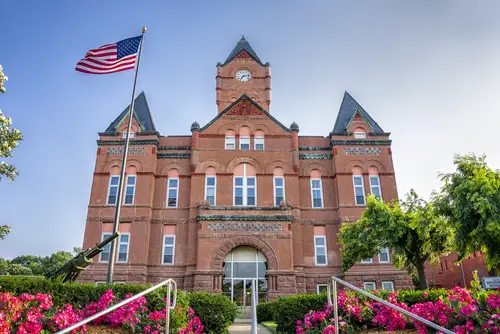
Cass County’s small towns and wide-open farmland feel untouched by time. Plattsmouth, with its historic downtown, is a window into the early 1900s. Brick streets, old theaters, and early prairie-style homes dominate the scene. You get the sense that life here still revolves around community and agriculture rather than technology.
Rural traditions run deep in Cass County. Farmers’ markets, county fairs, and harvest events harken back to an era when every season shaped daily life. Even local schools and churches have a timeless, enduring presence. The overall vibe is a slow, steady march from yesterday into today.
10. Madison County, Idaho
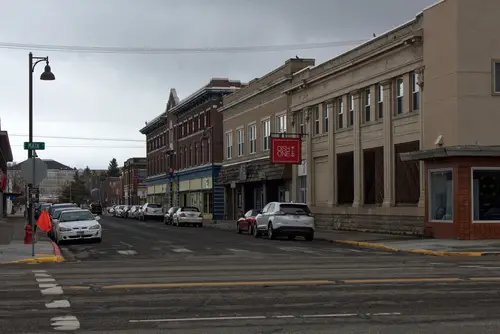
Tucked in eastern Idaho, Madison County has a frontier feel that lingers into the present. Small towns like Rexburg feature historic wooden buildings and a strong pioneer legacy. The surrounding mountains and open plains add to the sense of isolation and timelessness. Life here is very much tied to land, livestock, and community.
Even modern developments blend subtly with history. Local festivals honor the county’s agricultural roots. Family farms still dominate the landscape, often passed down through multiple generations. Madison County feels less like a place on a map and more like a memory preserved.
11. Lincoln County, New Mexico
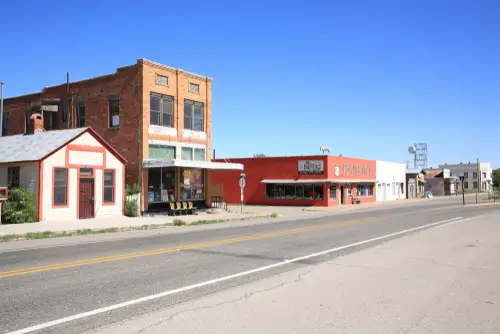
Lincoln County carries the aura of the Wild West like few places in the country. Towns like Ruidoso and Carrizozo preserve old adobe structures and historic saloons. You can almost hear tales of outlaws and lawmen echoing through the hills. The desert and mountain terrain create a timeless backdrop.
Residents continue traditional practices like ranching and craft-making. Local festivals celebrate frontier culture with rodeos and historic reenactments. Small-town streets resist modern commercialization. Walking here is like stepping into a New Mexican story from a hundred years ago.
12. Saline County, Missouri
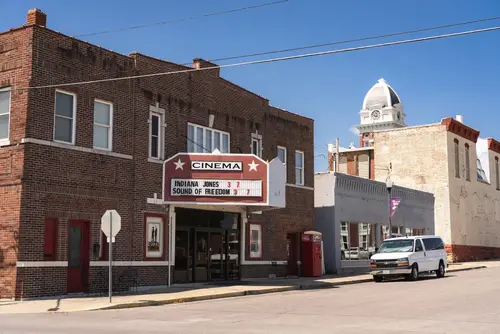
Saline County’s historic towns, like Marshall, showcase brick streets and Victorian-era buildings that have stood the test of time. Main Street still hosts shops that could have been open in the early 20th century. The county’s agriculture-centered life enhances the feeling of stepping back. Rolling farmland and old barns dominate the outskirts, frozen in another era.
Community traditions thrive, from historic preservation societies to local fairs. Residents often celebrate heritage through music, food, and storytelling. Churches and schools maintain old-school architecture and charm. Saline County is a quiet retreat where the past feels comfortably present.
13. Grant County, Oregon
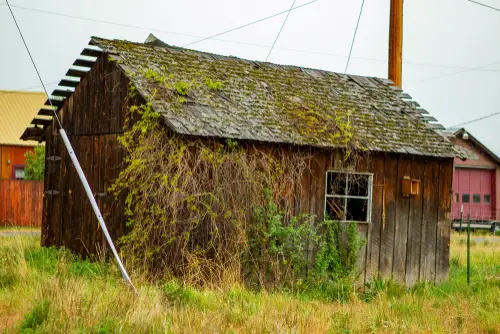
Grant County is sparsely populated, and that’s part of its old-world charm. Its small towns and frontier-style architecture feel untouched by rapid modernization. Surrounded by mountains, rivers, and forests, it’s a haven for anyone imagining life in early 1900s Oregon. Time here moves slowly, marked more by seasons than schedules.
Local festivals celebrate rural and pioneer traditions. Ranching, logging, and small-scale farming remain part of daily life. The county’s remoteness keeps big-city influences at bay. Visitors often remark on the sense of stepping into a forgotten chapter of American history.
14. Union County, Arkansas
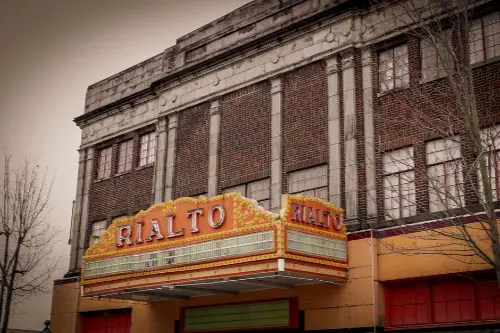
Union County boasts a mix of historic downtowns and old Southern architecture. El Dorado, the county seat, has charming brick streets and vintage storefronts. The area’s history in timber and oil creates a backdrop that feels rooted in the 20th century. Walking the streets, it’s easy to forget the decades rolling past.
Community events and local traditions reinforce the county’s historical feel. Annual fairs, parades, and local crafts celebrate heritage rather than modern trends. Small-town diners and cafes maintain recipes unchanged for decades. The charm of Union County lies in its unapologetic connection to the past.
15. Fremont County, Wyoming
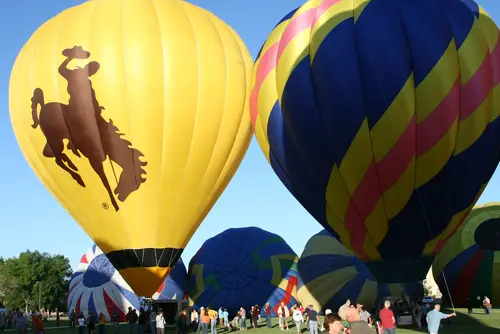
Fremont County carries a strong Old West energy, especially in towns like Lander. Historic buildings, rodeos, and open plains all contribute to a frontier vibe. Cowboy culture, ranching traditions, and historic trails dominate the local identity. Driving through, it feels like you’re stepping into the early 1900s.
Nature reinforces the century-old feel with mountains, rivers, and wide expanses untouched by urban development. Community events celebrate pioneer heritage and cowboy life. Residents maintain ranches and homesteads that have existed for generations. Fremont County is a place where history isn’t just remembered—it’s lived.
This post 15 U.S. Counties That Feel Like They Belong in Another Century was first published on American Charm.


